When you know how to use it, nothing works more efficiently than your own memory. An average memory is a lot more powerful than you think, and there are steps to tapping into your memory’s power and using it to your advantage in everyday life.
If you think a world where you don’t need to consult your to-do list to remember simple things doesn’t exist, think again. The problem isn’t that your memory isn’t powerful enough, it’s that you don’t use it effectively. In fact, World Memory Champions, who have to memorise hundreds to thousands of words, playing cards and numbers, often say they have an average memory; they just know how to use it. Using tactics from some of the world’s most powerful mnemonists, and a little Psychology 101, here’s how you can stop forgetting your keys without any help and remember some other practical things too.
Step 1: Be Mindful of Your Actions
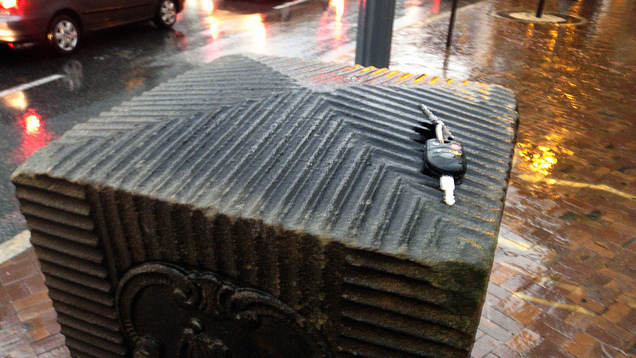
When you put down your wallet or keys and later have no idea where they could be, you’ll notice you don’t have a memory of setting them down in the first place. This is because you weren’t really thinking about the action when you did it, and this is the first habit you need to break. Instead, be conscious of when there’s something you need to remember. You typically do this when someone tells you “Remind me to do xyz”, because you’re paying attention. This is why, even though you’ll probably forget about the reminder, you’ll still remember you needed to do something, which is a necessary baseline to remembering what it was you needed to do.
Step 2: Visualise What You Need to Remember
As Joshua Foer explains in the video above, our brains are visual. That’s why it’s easier to remember movie plots than phone numbers. For example: If you’re at a friend’s house and decide to put your keys on a bookshelf out of the way, look at the shelf for a few seconds and focus on the visual in your mind. Connect the key to the bookshelf as one picture so you remember not only the key, but its surroundings. This is really just paying attention to detail, but it’s much more for our memories. This how you push something from your working memory (short-term memory) into your long-term memory without repetition.
Step 3: Use Your Imagination to Help the Image Stick In Your Mind
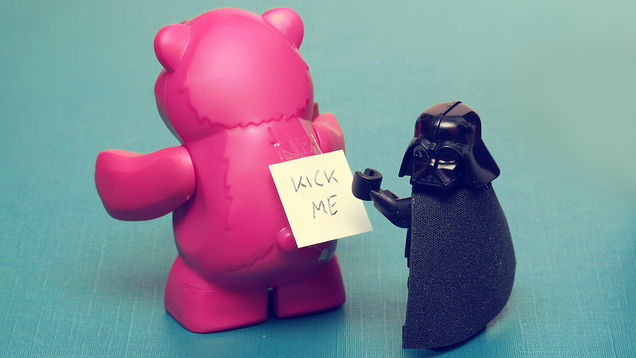
The crazier, weirder, funnier or otherwise more interesting the image, the better it’s going to stick in your memory. This step is like adding extra adhesive to tape. World Memory Champion Ed Cooke explains why this works in the book Moonwalking With Einstein:
The general idea with most memory techniques is to change whatever boring thing is being inputted into your memory into something that is so colourful, so exciting, and so different from anything you’ve seen before that you can’t possibly forget it. That’s what elaborative encoding is.
So how does this apply to your keys? Bring the books to life and make them laugh and joke with each other. Give them arms and legs, and dress them in outfits that match their genres. It sounds pretty strange, but that’s exactly why it works, and by the time you do that you’ll have developed a pretty solid memory of where your keys are.
Step 4: Strengthen Your Memory Cues
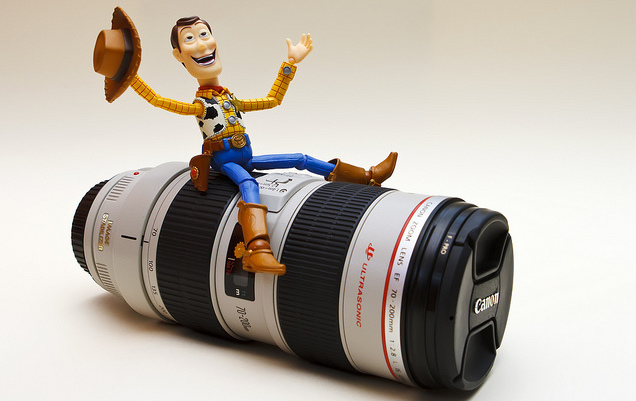
Most recollections are cued by something else, like an external event, or even something we were just thinking about previously. This is called direct retrieval, and it’s the result of those “Oh that reminds me” moments you have throughout the day. On the other hand, when you find yourself saying “what’s the word I’m thinking of?” it’s because the cue for that particular memory isn’t very strong, which is something you need to be careful of.
Strengthen your memory cues by making the things you’re trying to remember an important part of your mental picture. In our keys and bookshelf example, a bunch of books talking and walking around the shelf while your key just sits there is flawed, because you don’t need the key for the scene to work. Instead, make the books play toss with the keys, or argue over them, or anything that makes the keys the focal point of the visual. Now you won’t be able to remember the scene without remembering the keys, and you won’t be able to forget that the last time you saw your keys, a bunch of books were fighting over them on your friend’s bookshelf.
Step 5: Apply These to Everything
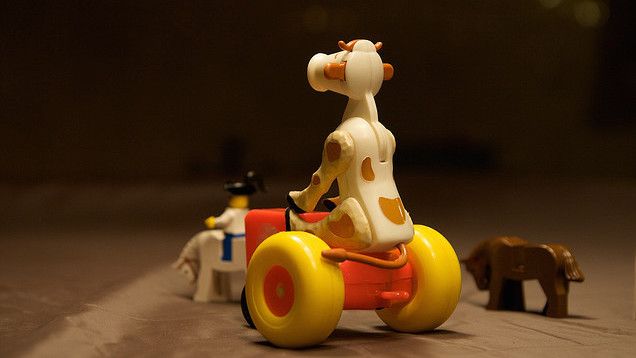
If you can visualise it, you can commit it to memory using these steps. Plus, it doesn’t have to be a crazy image. Most of the time I need to remember someone’s name, the first thing I do is picture them shaking hands with, or hugging someone else I know with the same name. If I don’t know someone else, then I find a new way to visualise their name. When remembering to grab milk on the way home, picture yourself walking out to your car to find that it’s now just a cow on wheels, or something to that effect. Once you get the hang of it, it comes naturally, and you’ll find yourself tweaking your habits and perception of things to aide your memory when you need it.
Pictures: Arnau Amengual Bonnin, Pascal, Matt MacGillivray, Daniel Lobo
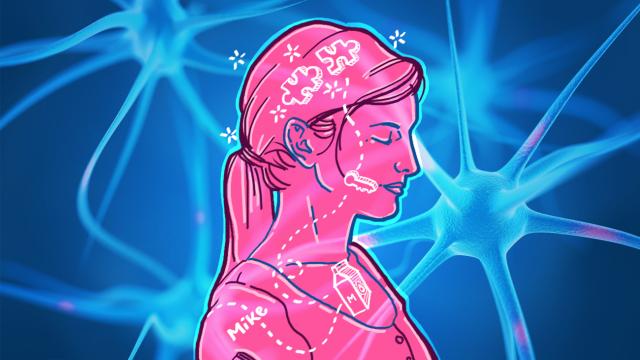
Comments